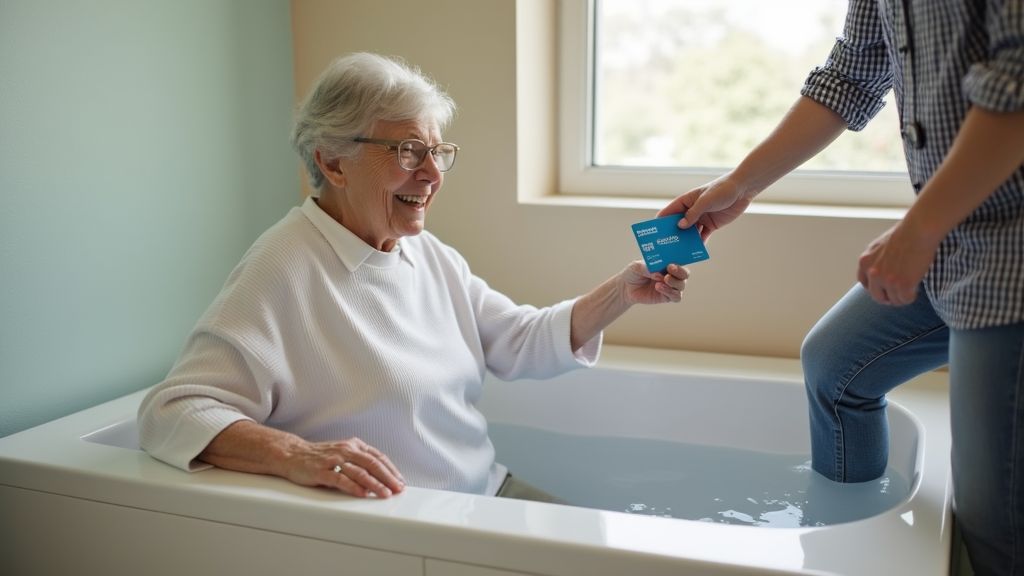As individuals age, safety in the home becomes a paramount concern, particularly when it comes to bathroom accessibility. Walk-in tubs have emerged as a vital solution for seniors with mobility issues. However, the costs associated with such installments can be overwhelming. Here's where Medicare coverage can play an instrumental role. Understanding when and how walk-in tubs are covered by Medicare is crucial for those seeking to enhance their quality of life without breaking the bank.

Understanding Medicare and Walk-In Tubs
Medicare is a federal health insurance program primarily targeting individuals aged 65 and older. It's renowned for covering essential medical services, but when it comes to home modifications like walk-in tubs, the lines aren't always clear. Generally, Medicare Parts A and B prioritize covering medically necessary equipment and services. Unfortunately, walk-in tubs don't automatically fall under this category, as they are often seen as 'luxury' items for personal convenience rather than necessity.
When Does Medicare Consider Walk-In Tubs Medically Necessary?
To delve deeper, let’s meet Jerry, a 72-year-old retired teacher who suffers from arthritis, making standard bathtubs hazardous for him. His physician determined that a walk-in tub was essential for safely managing his hygiene needs. In cases like Jerry’s, where a specific medical condition necessitates the use of a walk-in tub for safety reasons, Medicare Coverage might be possible. Documentation from a healthcare provider is essential, outlining the medical necessity to bolster the case for coverage.
Exploring Alternative Avenues
If traditional Medicare won't cover the walk-in tub, there are other pathways that seniors like Maria, a sprightly 68-year-old recent retiree, can explore. Medicare Advantage, an alternative to traditional Medicare offered by private insurance companies, sometimes provides additional benefits, including home modifications. Checking the specifics of your Medicare Advantage Plan could uncover coverage options that aren't available in the standard plan. Additionally, look into potential state-based Medicaid waivers or programs designed to assist with home modifications for the elderly and the disabled.
Funding Options to Consider
Cost should not blindside potential walk-in tub owners who find themselves without full coverage. Various organizations and grants specifically target aiding seniors and disabled individuals to maintain home safety. Brenda, who sought assistance for her husband's accessibility needs, found solace in contacting local non-profits devoted to senior care. Also, considering personal loan options or seeking family support could bridge a financial gap when Medicare coverage is only partial or unavailable.
The Future of Accessibility Innovation
The ever-evolving landscape of healthcare and senior living presents a promising future for improved accessibility. With technological advancements and increased awareness of aging-in-place benefits, one can hope for more inclusive policies covering essential home modifications like walk-in tubs. Advocacy plays a pivotal role, as seniors and their families raise their voices through platforms and organizations to reshape the dialogue around what constitutes 'medical necessity.'